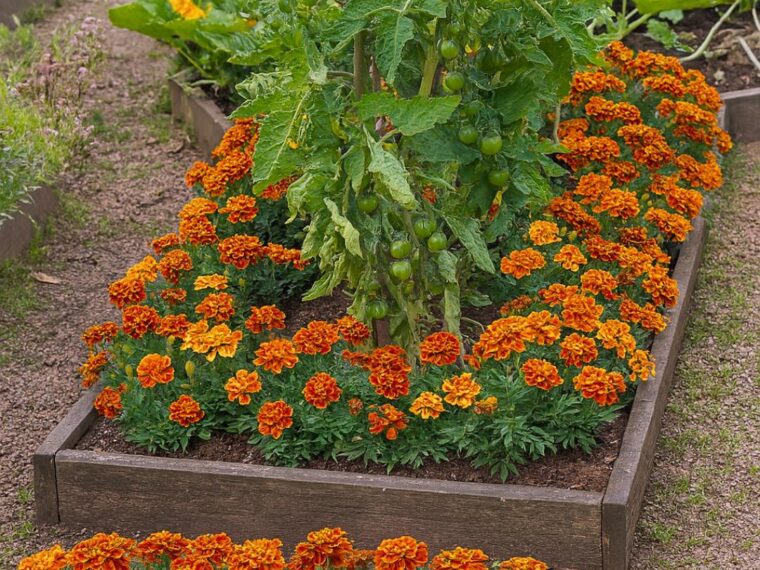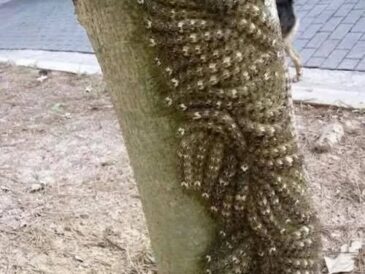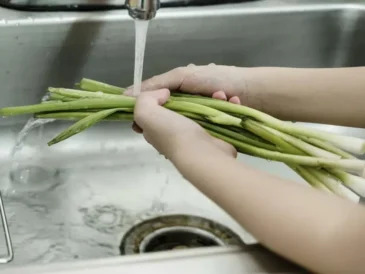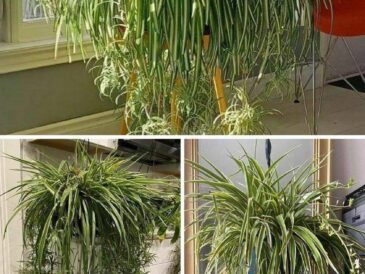For years, I treated marigolds as nothing more than cheerful little ornaments. They lined my flowerbeds, brightening the borders with gold and orange. I loved their color but never gave them much thought beyond that.
Then one spring, I stumbled across an old gardener’s tip:
“Plant marigolds among your vegetables.”
Curious, I tucked a few seedlings between my rows of tomatoes, beans, and peppers. What happened next changed the way I garden forever.
🌱 A Garden That Protected Itself
Within weeks, I noticed something remarkable:
✅ My cabbage leaves stayed intact—no more lace-like holes from pests.
✅ The tomatoes, usually prone to aphids, thrived with glossy, pest-free foliage.
✅ Even my beans, which slugs and beetles seemed to adore, were stronger and more productive.
I hadn’t sprayed a single chemical, yet my plants were thriving. The secret?
Marigolds are natural bodyguards for your garden.
🌼 The Science Behind Marigolds in the Vegetable Garden
Marigolds (Tagetes species) do far more than brighten your beds. They release compounds from their roots and foliage that repel certain soil pests—most famously nematodes, which can devastate root systems.
Their strong scent also confuses insects like:
-
Aphids
-
Whiteflies
-
Cabbage moths
-
Mosquitoes
No wonder marigolds have been called one of the best companion plants for organic gardening.
🍅 Companion Planting: Why It Works
“Companion planting” is the practice of growing different plants together to help each other. Marigolds are classic companions for:
-
Tomatoes – to deter nematodes and aphids
-
Peppers and eggplants – to keep away beetles
-
Cabbage family crops – to reduce cabbage moth damage
-
Beans and peas – to confuse and repel pests naturally
By integrating marigolds, you create a living pest-control system that reduces the need for synthetic pesticides and protects your harvest.
🌞 How to Plant Marigolds in Your Vegetable Garden
continue reading in page 2





